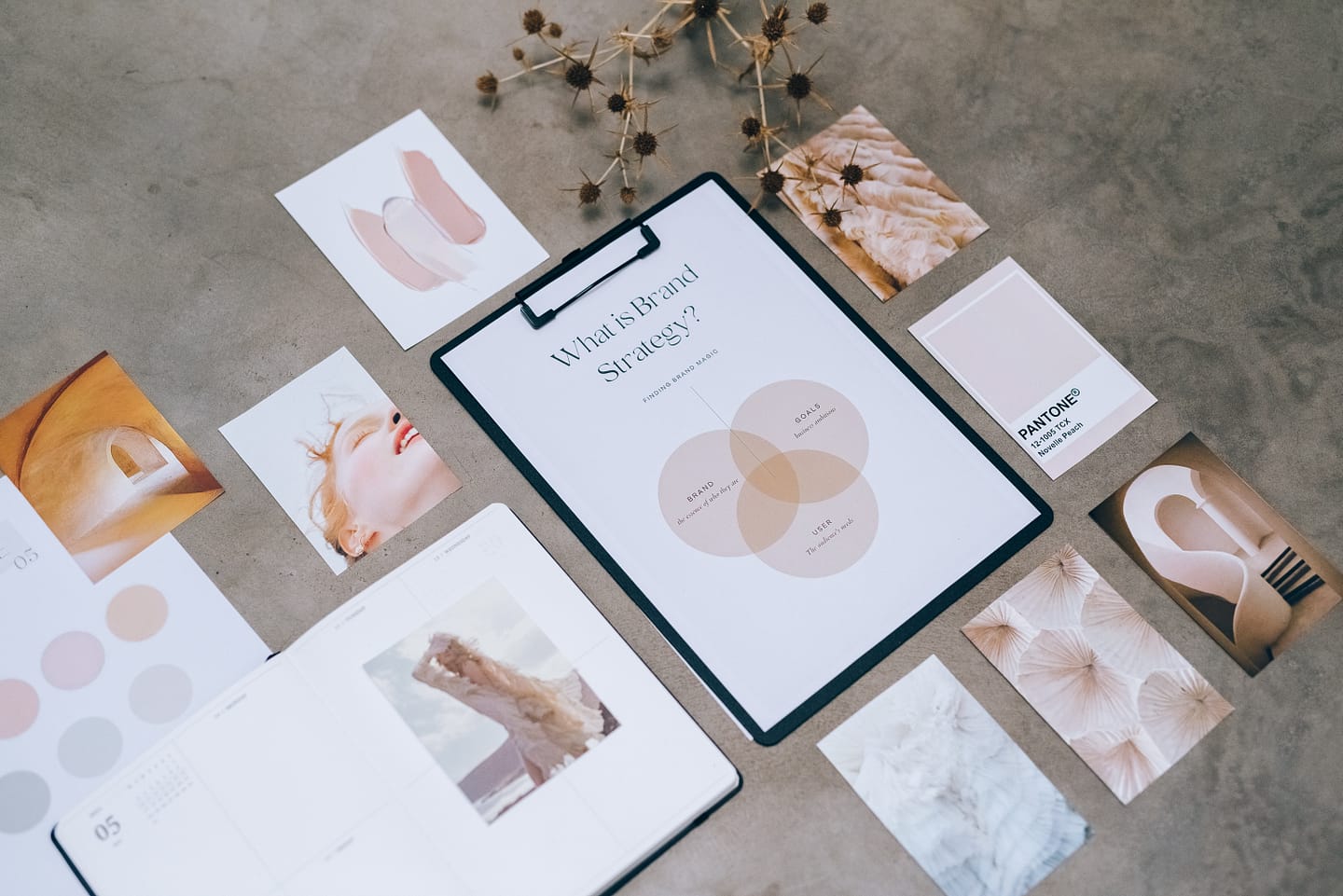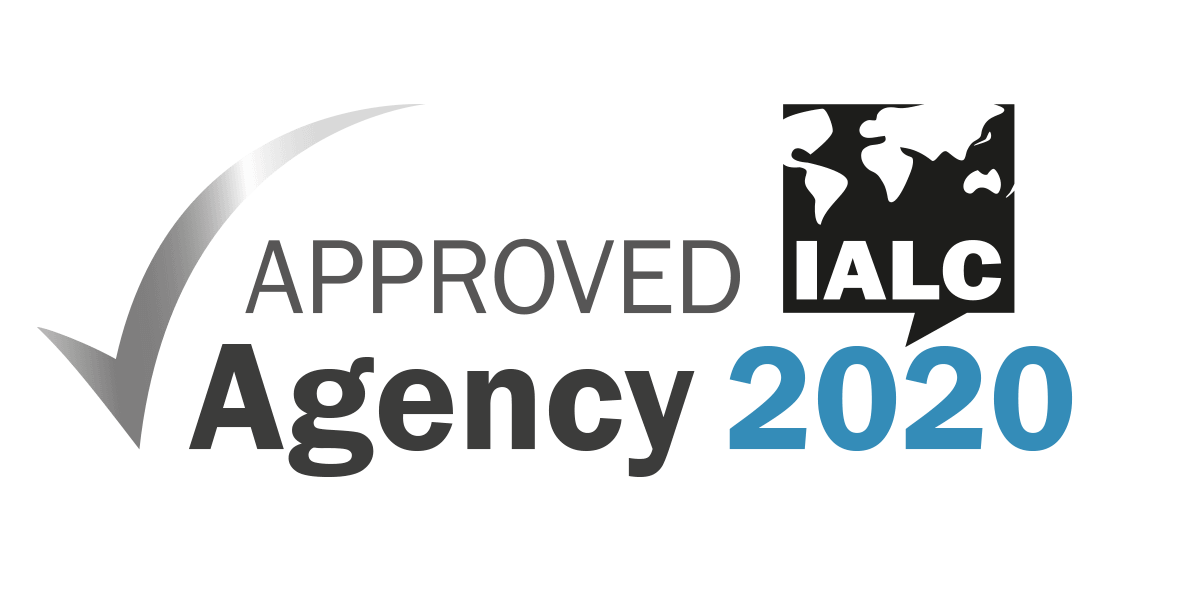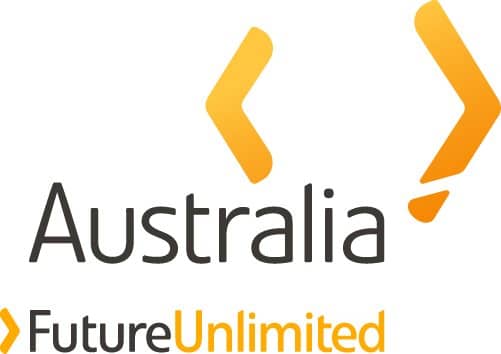A graphic designer mostly learns the basic drawing and design fundamentals. They create visual concepts to communicate their ideas and inspire or inform consumers. Their focus is mainly on pre-print materials, and they develop the design of advertisements, magazines, corporate reports, and brochures. Examples of the tools they use are Adobe InDesign, Photoshop, and Illustrator. Besides the creation of pre-print materials, a good graphic designer is able to improve their content for print by for example resolution, Pantone colours, printing bleeds, RBG vs. HEX etc.
However, as the name already mentioned, digital designers are more focused on designing digital elements. A digital designer combines graphic design skills with technology to create banners, interactive pages, advertising, animation, 2d and 3d modelling and graphics. Besides the graphics, they learn how to work with languages such as JavaScript, HTML5, and CSS3.
As a digital designer, it may be important to know how to code, since it is needed for responsive web design. Responsive web design means that the designed web pages adapt to different screen sizes, for example, desktop and mobile. Commonly different layouts, font sizes, and placement of navigation menus are needed. For the creation of a responsive web page, it is necessary to have knowledge about the different languages.
SO I HEAR YOU THINKING, OKAY, BUT WHAT IS THE EXACT DIFFERENCE BETWEEN THOSE TWO?
The main difference between graphic design and digital design is that graphic design is mostly static (logos, magazines, pictures etc.), while digital design involves movement (animations, interactive elements, movies etc.). The digital design does not only use visual arts, but may also include audio and sound effects.
Another big difference between digital design and graphic design is the role of analytics and data. For graphic designers, it is more difficult to track the performance of print materials, while in the digital world you have a lot of data that tracks your performance through views, clicks, likes and shares. Digital designers have more data to improve their designs and are able to test their designs with the target group (so-called a/b test).
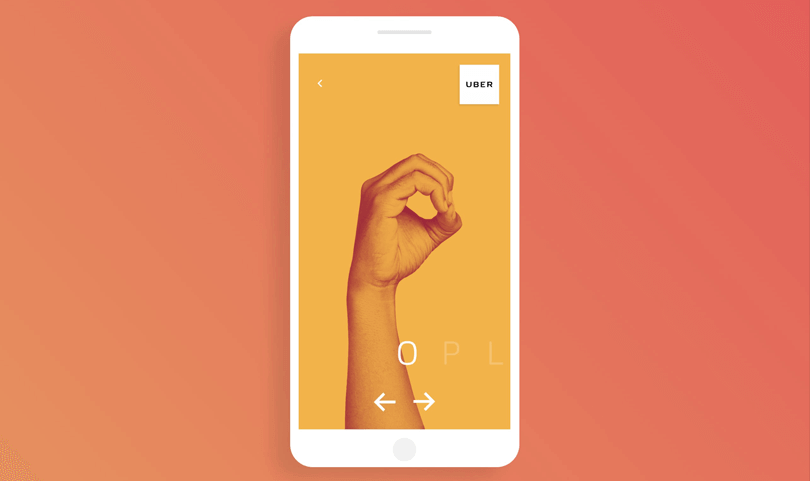
Further, a difference between graphic design and digital design is that the latter is interactive. Interactive design is more complex than static design, since not only does aesthetics play a role, but it is also important that it is usable – which is the focus of user experience (UX) design.
A good example of interactive design is the interactive uber sign language.
OKAY, WAIT, WHAT IS A UX DESIGNER?
Since the complexity of online platforms and content has increased, there is not only a question if the design is aesthetically pleasing, but also if it is easy to use.
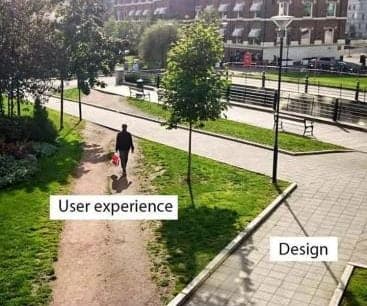
UX design is the process of design that is used in order to create meaningful and relevant products for their users. During this process, all aspects of branding, design, usability, and function are taken into account.
The inventor of the term “User Experience”, Don Norman said: “No product is an island. A product is more than a product. It is a cohesive, integrated set of experiences.
Think through all the stages of a product or service – from initial intentions through final reflections, from the first usage to help, service, and maintenance. Make them all work together seamlessly.”
BUT, WHY ARE THERE MORE JOB OPPORTUNITIES FOR DIGITAL DESIGNERS THAN GRAPHIC DESIGNERS?
In the last 25 years, there has been a massive shift going on from traditional media to online platforms, and almost every brand now has a web presence, and they use online even more than print. As a designer, if you don’t have web skills nowadays, it will make it increasingly difficult to find an ongoing and stable job as the required skill set has stretched well beyond traditional graphic design. Digital design has many basic principles of graphic design but incorporates key elements such as responsiveness, engagement, file size optimization, user experience, interactivity and more.
Since there is a lot of brand and product competition online, it has become more important for a brand to stand out through content and user experiences produced by digital design.
Digital design is at the forefront of the digital revolution and is therefore extremely important to have.
According to Seek, there are more jobs available for digital designers than graphic designers. Besides, the average salary for digital designers is much higher than that for graphic designers:
- The average salary of a Digital designer is between $AUD 65k and $AUD 75k.
- The average salary of a Graphic designer is between $AUD 55k and $AUD 65k.
A good digital designer can earn up to $AUD 110k. https://www.seek.com.au/career-guide/role/digital-designer
What else are the benefits of becoming a digital designer?
- A broad skill set: As a digital designer you will combine videography, photography, graphic design and animation.
- You are not limited to one kind of work.
- You will meet a lot of fun and inspiring people since you will work with different kinds of backgrounds.
- Work for yourself or for someone else, or both. As a digital designer, you can work as a freelancer or for a company, because almost every company needs a digital designer.
- A lot of opportunities for career advancement.
- Combine creativity with analytics.
- Collaborate with different people. As a digital designer, you should collaborate with different people in order to create concepts and ideas.
Important skill set for being a Digital Designer
- Be creative!
- Flexibility and time management. As a digital designer, you will have probably different projects at the same time, it is therefore really important to be good in time management.
- Be communicative! This is really important since you work a lot with other people as a digital designer, and it is important to understand what a client wants.
- Problem-solving ability.
- Interested in technology! As a graphic designer, you get to deal with nowadays technology, therefore, it is important that you are interested in technology and want to work with it.
OKAY, SOUNDS INTERESTING. BUT HOW DO YOU START A CAREER IN DIGITAL DESIGN?
In Australia, there are a lot of opportunities to study digital design since we have one of the world-class digital design courses and colleges. Different schools and universities offer different kinds of Digital Design courses to get a Diploma or a Bachelor’s degree. Some of the most famous schools that offer digital design courses are:
- Academy of Information Technology (AIT);
- JMC;
- Billy Blue;
- Central Queensland University;
- SAE Institute;
- University of South Australia;
- Macquarie University;
- Swinburne University;
- And more..
For more information about the different courses available at these schools, please contact Go Study! We can even help you secure awesome scholarships and program discounts.
Let’s take a closer look at the Academy of Information Technology (AIT)
AIT offers a lot of amazing and inspiring digital design courses in Sydney, Melbourne and has an industry placement program to help you get a job during and after your studies in some of Australia’s top digital and creative agencies.
AIT offers 2 great options for aspiring digital designers:
- Diploma of digital design: during this course you will learn the basic principles of design. It combines theory with hands-on education.
- Bachelor of digital design: This course focuses on the emergence of digital tools and capabilities
The courses are wholly developed for digital output in order to make you ready for these changes and to give you the knowledge and a competitive edge for an extraordinary future. The courses focus on traditional and digital design principles. You can learn how to translate content into visual and interactive elements. During these courses, you will build on your portfolio in order to establish a career in the design industry.
SUBJECTS DURING THE COURSES
- Design Principles
- Interface Design
- Digital Images
- Creative Drawing
- Intro to Web Design
- Digital Illustration
- Motion Graphics
- Print and Publication
- Prototype Illustration
- Design Thinking and Processes Typography
- Advertising and Brand Design
Are you creative, love working with interesting people and ideas, and are interested in online and digital? We would love to help you further in the process of becoming a digital designer. We can take care of everything for you and can answer all your questions. Studying a Digital Design course will open a lot of doors for you!
Please contact Go Study for more information about the different courses that colleges offer and about getting a scholarship.
